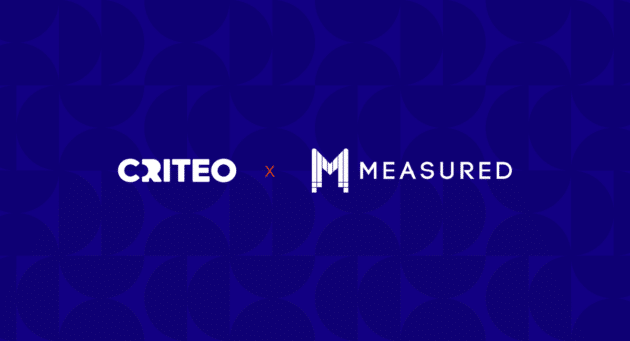This post was authored by Amperity, a trusted Criteo partner.
Given the current ongoing pandemic and resulting economic changes, staying connected with your customers has never been more important. To do so effectively requires making the most of your first-party data and thinking about the role each tool in your tech stack can play to enhance your customer-centric campaigns during this unprecedented time. Below are a set of ideas for how to use your first-party data across the web in dynamic display advertising.
Three tactics to weather the storm
Consider these paid media tactics for immediate deployment to address current market shifts.
1. Migrate Store Shoppers to Ecommerce
As many consumers are staying home to protect themselves and retail stores have shut their doors to prevent the spread of COVID-19, one of the most important short-term priorities is migrating in-store shoppers online in order to mitigate revenue loss. According to recent Criteo research, many shoppers plan to shift their shopping online; globally, half of consumers said they plan to shop online more because of coronavirus. One thing marketers can do is use tools that identify in-store shoppers and create targeted campaigns that reach these customers online and drive traffic to the ecommerce site.
2. Focus on Retention
It’s more efficient to retain an existing customer than to acquire a new one, and that’s even more pronounced in a crisis. If you have a comprehensive view of your known customers you can dig into the data to understand how your best customers’ behavior has changed. Use what you learn to shift strategy (for example, adjusting featured categories and merchandising), and lean into current trends in outreach. It’s important to re-evaluate your usual tone and ensure you deliver messages that match your customers’ new stay-at-home lifestyle.
3. Make the Most of Your Budget
Now is the time to re-evaluate spending and ensure optimal use of shrinking digital media budgets. One way to do that is to identify segments that should be suppressed from current digital campaigns, including recent purchasers, segments less likely to purchase over the long run, and income-impacted audiences. Once identified, use tools like automated bidding strategies to also help you achieve specific performance targets and ensure optimal use of media budgets.
Three tactics for recovery
Things are tough now for sure, but soon enough we’ll be through this. To the extent that’s possible, use the next couple of months to plan ahead and build out new capabilities and programs. This means preparing for launch in digital media channels as soon as signs of recovery emerge, so you can set yourself up for a strong bounce back.
1. Prepare for Store Re-opening
Store re-openings will be a big milestone. It may not be possible to re-open all stores at once, however, so you’ll want to optimize and make sure that the first locations back in action are the ones that drive the most value. You can use predictive omnichannel demand retention analysis based on customer behavior and CLV to identify which store locations to focus on re-opening first. Then identify audiences near stores and serve targeted campaigns that support re-openings and drive in-store traffic.
2. Reprioritize Acquisition
When we begin to see signs of recovery, that will be the time to resume trying to bring in new customers. When it comes to acquisition, quality matters, and the best way to win customers that will stick around and drive long-term value is to use your first-party data to identify and understand high-value customers; then, use those for lookalike acquisition.
First, you’ll need to identify your high-value customers. This is where identity resolution becomes most important because your high-value customers are the ones most likely to have fragmented profiles across systems since they interact with your brand across the most channels. Then use the segments of high-value customers to find lookalike audiences in your digital media channels to optimize high-value acquisition and increase your return on ad spend.
3. Drive Customer Lifetime Value through Lifecycle Programs
As media budgets increase back to normal levels, think about how to amplify lifecycle programs at key moments in the customer journey to drive customer lifetime value. Ahead of recovery, unify transaction data across purchase channels in order to gain a true view of the customer lifecycle. Next, identify key lifecycle segments to focus on, such as one-time buyers or customers predicted to be at risk of churn. These segments are often already in use in email programs. Finally, post-crisis, execute display campaigns to maximize reach to non-emailable customers or amplify email messages for high-value customers.
Following the above steps depends on a few key tech capabilities, including collecting and unifying all incoming customer data that can be connected to other delivery tools in your stack, as well as the ability to engage the customers with dynamic paid display ads across the web, mobile browsers, and apps. Using these techniques, marketers can stay connected with their customers during the current crisis and set themselves up for a stronger recovery.





















